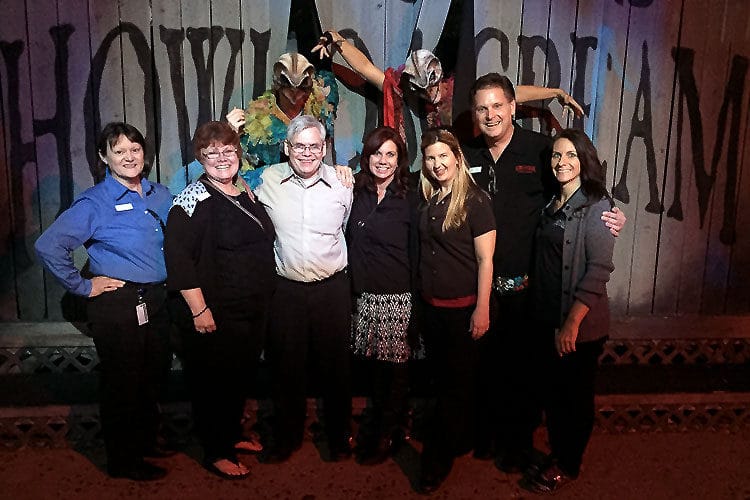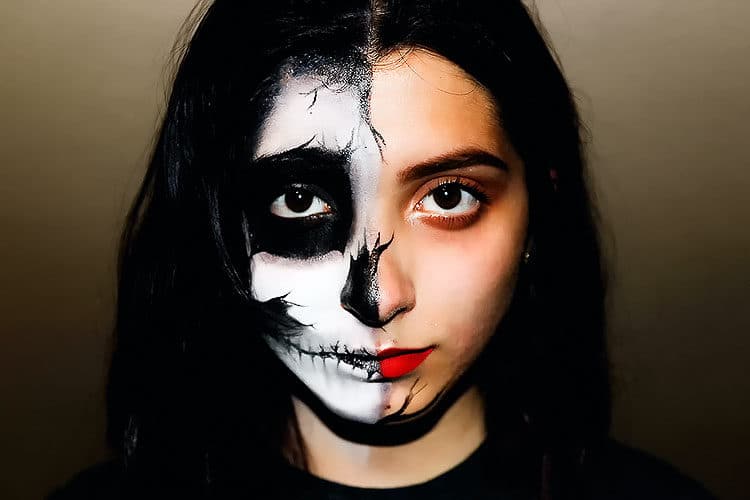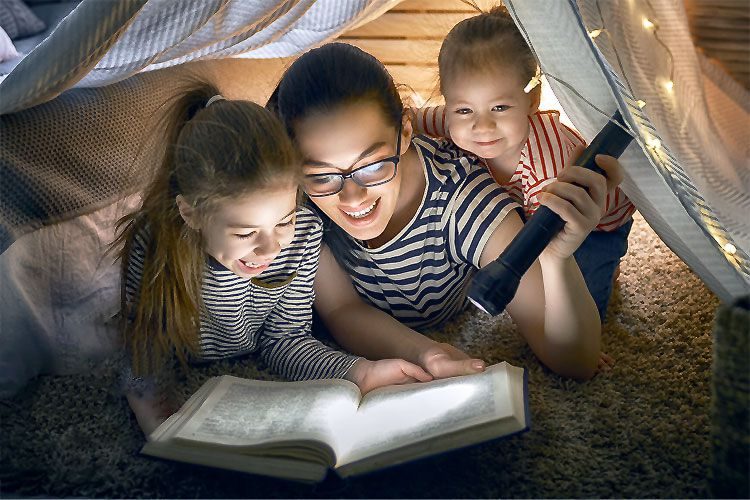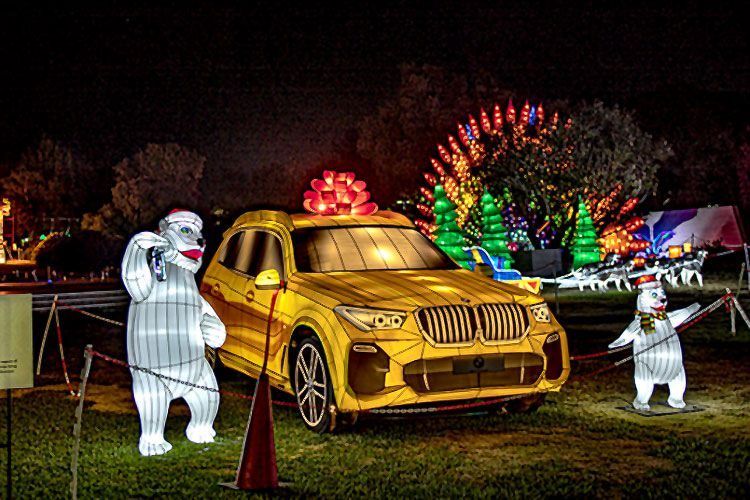Create attractions that fit the local culture to differentiate your attraction
How do I adjust my attraction to the local community? Differentiating your attraction to the local community makes your attraction competitive because it resonates more with your target market. Target markets vary on a geographic level, and playing into that variance allows you to capture more market share.
Adapting your attraction to local culture was the frame for a panel discussion at the most recent HAuNTcon held in New Orleans from January 25-27. The panel comprised Dalton Dale, Alan Ostrander, and Joel Talacko.
Each panelist is an expert at going into markets outside the US, and they’ve all had to adapt their content to match. These experts have had experience in adapting everything they’re doing to local communities. This article summarizes the key findings from both our research and the panel discussion.
Key Findings:
- Do background research—how to research on culture and discover what’s scary
- Adapt your stories to fit the local culture
- Balance staff composition (local and non-local) and balance your themes
- Make your attraction all-inclusive by incorporating other departments or elements into your event
The Need For Research
“I first learned how important it was to adapt everything to your local market when I went to Hong Kong in 2001 to help create a haunt at Ocean Park [a theme park and oceanarium],” said Alan. “Halloween was something new to that culture, and they’d not celebrated it as a Western holiday. As I watched people go through the haunt, it was nothing like what you’d see guests doing in an American haunt. They weren’t scared. They got some boo scares, but, basically, the scares in the haunt had no relevance for them. We learned quickly over the first few years that the more we included things familiar to them, it made the impact that much stronger. We can throw out a Freddy Krueger here in the US, and he doesn’t have to say a word. Everybody knows immediately what that is, and it’s scary. We did that over there, and he’s just some ugly guy with a burnt face and knives.”
“I also worked at Ocean Park in Hong Kong, starting in 2006,” said Joel. “Taking off from what Alan just said, we wanted to research more local ideas and local themes. It was hard to find ghost stories, folk tales, horror stories, and urban legends that were directly relatable to our guests. We had to dig deep to find the mythologies and scary stories they won’t tell a non-local. It was a difficult first stage of doing this research because it’s not like we could just easily access it. If it was available in print, it was in another language. If it was movies, we couldn’t understand what was happening. We had to have translators or people doing this research for us and helping to translate not only the words but the ideas—why it was scary.”
“Growing up as an American and doing haunted houses here and all the spooky scary things, we know what an American audience wants,” said Dalton. “They want big; they want brass, they want in your face, they want scares from the moment they walk in until the moment they leave. However, I’m now opening a giant haunted house in London, and the British are this little thing called ‘restricted and conserved.’ They don’t want to do anything. They’re like, ‘Please don’t talk to me! Don’t look at me! Don’t do anything!’ They can’t handle it. So, when I say, ‘Hey, why don’t you come in? I’m going to rip your clothes off and make you slit your wrists in a bathtub’—which is something I did here in America—they can’t handle it. We had to take the American, in-your-face approach and do it in their mind. So, instead of showing lots of gore, it’s all about telling a story in London that the British population can get into psychologically and follow that through. What they can wrap their mind around is infinitely scarier for them than any kind of touching or huge gory scenes. They don’t care about that. They want you to get in their brain.”
“We need to learn what they’re not afraid, too,” Joel added. “If they want chainsaws, we give them a couple of chainsaws, but, in some places, chainsaws don’t work.”
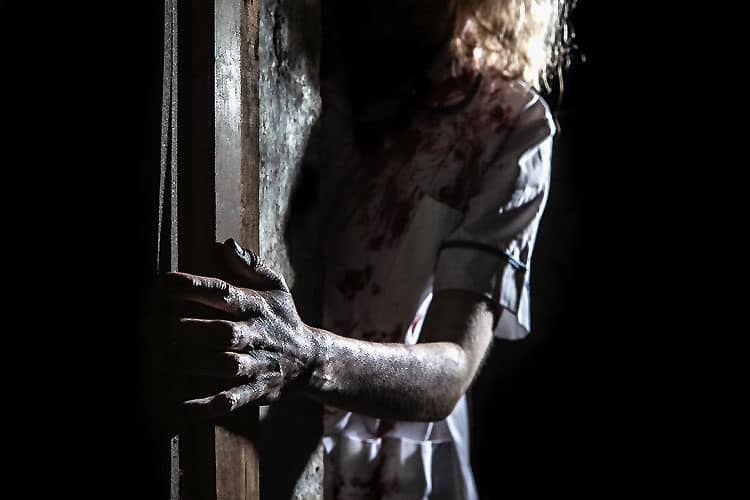
Finding Out About People in Your Community and What Scares Them
What are other ways to discover stories in your community?
“Get as immersive as you can. Talk to the locals. If you’re in another country or culture, make as many local friends as you can, and ask them to tell you every story, every haunt, every legend, and what makes people scared,” commented Joel.
“My first step is hiring a marketing company to tell me everything that’s there—who will come and see my show, what they like, and what they don’t like. From that, I create my concept, take to them, and say, ‘How do you think this will go?’ Because they’re locals, I trust their data and believe what they tell me about what will work,” said Dalton.
“Sometimes, you learn by making mistakes,” said Joel. “You will screw up a lot. If you’re not screwing up, you’re not trying hard enough. Put the ideas out there; try it; see what people like. Don’t be afraid to adjust. If first week bombs, you change something. If the second week is worse, you change it again and look at where those changes are making things happen. Where are the screams coming from? Can you take what’s working somewhere and keep making those adjustments?”
Bringing Balance to Teams and Themes
There’s a balance between playing to your local audience—making it familiar—and keeping it fresh. We also need balance in the composition of our teams. We need local people on the team to give us advice, but we also need to balance that with non-locals, because they’re the ones who bring innovation.
“There are two different areas of balance,” said Alan. “With the Hong Kong audience at Ocean Park, we found they were inquisitive about American horror, and they wanted to learn about it. We could do a little fusion and give them a taste of that in each haunt. It was a mix of their local traditions and some Western characters. Second, you need to make sure the scares are there because something more theatrical and themed might not be scary to them. Don’t forget the boos and the impacts.”
Dalton agreed. “People come to our shows to do one thing, and that’s to be entertained. Our job is to entertain the audience. It can be the coolest-looking show, we can spend the most money and have the most amazing effects, lighting, costumes, and characters, but, if it’s a boring experience for guests, nobody will care. As Alan said, we need the cultural balance and the story balance.”
“We do exactly that. At Ocean Park, we have about a 50/50 mix between Western and Eastern mythologies in our haunts,” said Joel. “We don’t necessarily only focus on Hong Kong—we also focus on China, Thailand, Tibet—to gain inspiration and give them something closer to home while at least half of the show is what we’d consider Western Halloween. We also worked directly with Hong Kong-based movie directors to create a culturally specific Hong Kong attraction while also incorporating the sensibilities—and, most times, the themes—of American haunted houses.”
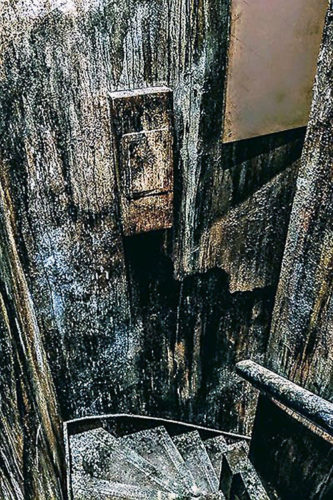
Making the Attraction All-Inclusive
The final element from our research is the need to make an attraction all inclusive. All-inclusive means linking everything involved in your event—the parking, the logistics, the queue line, the food, the outside entertainment- to a single narrative. How do you adapt those for the local culture but also keep the thematic balance with your attraction?
Joel talked about doing a chainsaw house and a clown house early in Ocean Park’s history. Neither of those worked, for the reasons already mentioned by the panel—guests couldn’t relate. “We’ve gotten them to work, but it’s taken time and education,” he said. “It took working within what guests did, what they liked, and what they thought. The biggest reason those attractions failed was that they weren’t all-inclusive. The haunted houses are a part of it, but guests expect stage shows, costumes, and roving characters to entertain them while they’re waiting or while they’re going from event to event. When Alan was at Ocean Park, he made those roving characters a mix of local and Western. He made sure every aspect of the show was a beautiful mix that worked together.”
“The biggest takeaway is using your asset,” Dalton continued. “Utilize your property, your buildings, your experience, all year round here in the United States. All of us know what an escape room is—it’s profitable because people want that immersive entertainment. In the United Kingdom, I have seven buildings plus a 1200 capacity nightclub, so people come to the show and spend all night in the nightclub. When the show shuts down at midnight, we go until 6 a.m. at the nightclub. We have food and alcohol.”
“You want to get your guests into the world you’re creating, so don’t have any distractions that get them out,” added Alan. “That’s all-inclusive and immersive.”
Food is Part of Inclusivity and Immersion
Food is becoming part of that all-inclusive experience. Nobody wants to buy a hot dog- they want to have a themed, three-course dinner that corresponds to a room in the haunted house they just went through. If they go to Knott’s, they don’t want to buy a churro. They want a Pumpkin Spice Limited Edition Churro, and they’re willing to pay $8 for it.
“For the last few years at Ocean Park, we’ve done full-themed restaurants and full-themed spreads,” said Joel. “When we did Ghostbusters for one of our haunts, we incorporated that license into our marketing. The full food and beverage lineup were all Ghostbusters-themed. If there’s something that makes your location special, if there’s something in your theme that makes your event special, tie all that in. That makes your food and beverage sales so much better.”
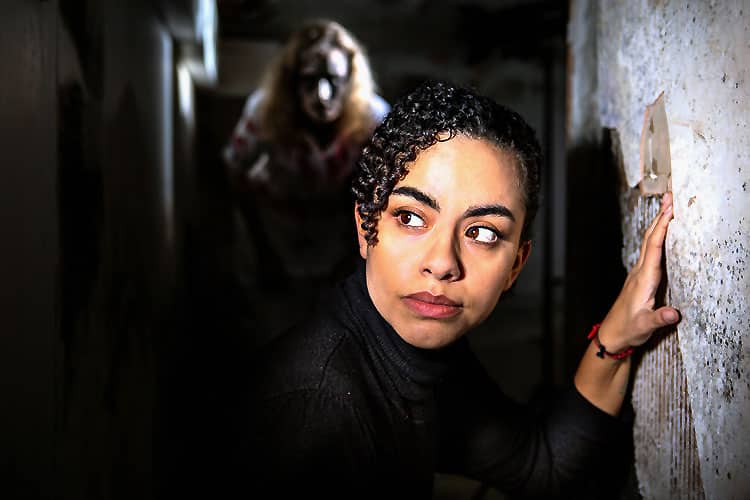
Bringing Events to an International Market
“I’m finding that people have seen some attraction or event in another country, and they know it’s popular, but they depend on us to educate them,” said Alan. “They don’t know what they want, they don’t know what works, or they may think they know what they want, but, as soon as we hear it, we know it will never work. A lot of our job is educating them and working with them to get them an attraction that will work.”
“We have to make sure—not only overseas in other cultures but in any locale—that we don’t offend the guests. In places like Asia, it’s a fine line, it can either be scary to them or it can be, ‘You’re mocking us. This is offensive.’ Even here in the US, with our actors, it’s difficult to be scary and not offend guests.”
An Example of Adapting to a Theme from Another Culture
“they have given me a lot of crazy ideas over the years—you know, out-there stuff. The most out-there was when I was told, ‘We need to do a haunted house based on K-pop.’ If you don’t know, K-pop is Korean Pop Music. ‘This is the market, so we have to design a haunted house based on K-pop,’ they said. I’m thinking, ‘How are we going to do that? It’s scary in all the wrong ways.’
Joel continued, “To do this, we had to figure out what our goal was. It would not be creating a terrifying attraction, but I had to make it scary and fun. The goal became entertainment. We would take guests to a K-pop studio, a music-video studio, and the storyline was that our K-pop band could only become popular because they made a deal with demons, and they, too, were demons hiding behind human faces. We were trying to get new blood and new energy from the guests who were visiting the studio. So, we had to take this stupid idea and turn it into something scary, and it worked out well,” said Joel.
“We had the guests audition to be the next K-pop backup dancers. The entire room was green screened, and the video feed went out to the queue line. The guests were instructed that they had 30 seconds to do their best dance moves to the music that was playing. On the screen was a cool, bitchin’, awesome background, which they can see, and they’re dancing in front of this. They think they’re the coolest-looking people, and they’re having fun, and it made them drop their guard. By making them completely give themselves over to the experience, they went through the rest of the haunt and we scared them, jumping out at them. The K-pop demons came out through mirrors, the dressing rooms were haunted, and they went through movie sets and a full, rock-concert stage at the end. They loved every minute. We had more people come out of that show laughing, smiling, having a great time, and telling us it was the most fun they’d had that entire year. I was flabbergasted. Sometimes, you can take a silly idea and adapt it in a way that works, and it’s cool when it happens. So, go ahead, make haunted houses based on pop music.”

Key Takeaways:
- Do background research on the culture, but don’t limit it to online only. Talk to the locals. If you’re in another country or culture, make as many local friends as you can, and ask them to tell you every story, every haunt, every legend, and what makes people scared.
- We also need balance in the composition of our teams. We need local people on the team to give us advice, but we also need to balance that with non-locals, because they’re the ones who bring innovation.
- All-inclusive means linking everything involved in your event—the parking, the logistics, the queue line, the food, the outside entertainment- to a single narrative.
Panelists:

Dalton Dale is the founder of Big Dreamer Productions, an international company based in New York City and London that specializes in commercial theater and immersive horror experiences. Some of the projects he’s working on are Moulin Rouge on Broadway, Fame, Rock of Ages, and Variant 31.
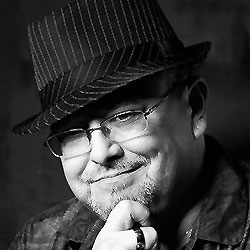
Alan Ostrander has been a professional theater artist since 1984, specializing in all aspects of special effects makeup for live productions and TV. He’s worked for Walt Disney World, Universal Studios, Talking Terror Street, Ocean Park Hong Kong, Six Flags, and Buena Vista TV Discovery Channel

As a haunted-attraction and event designer, Joel Talacko has designed over 70 attractions including Recycle, Child’s Eye, Rigor Mortis, AMC’s The Walking Dead, and Doraemon. Joel is the haunted-attraction director for Ocean Park Hong Kong’s Halloween Fest.

